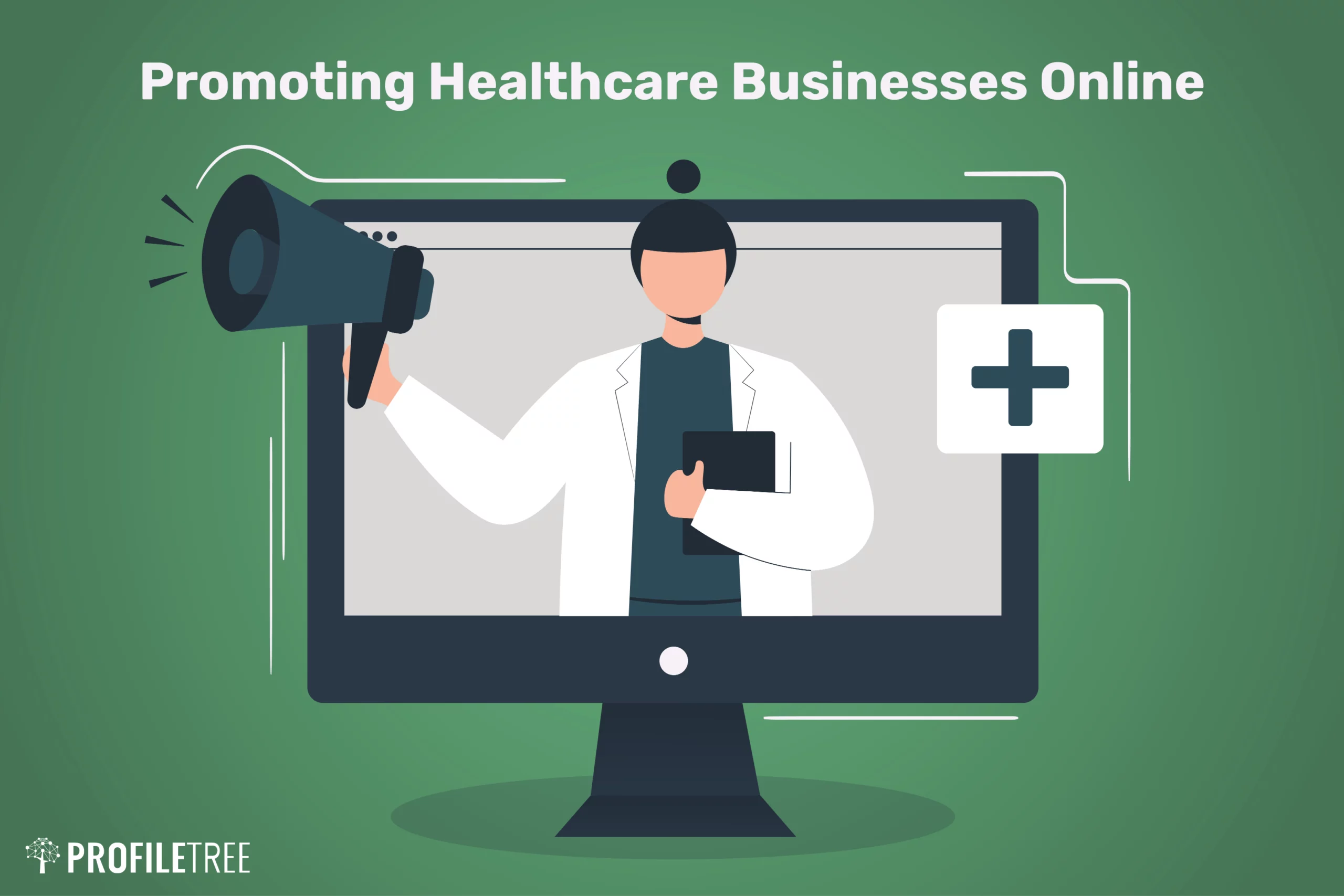How Subscription Based Healthcare is Reinventing Patient Accessibility to Services
How Subscription Based Healthcare is Reinventing Patient Accessibility to Services
Blog Article
Comprehending the Cost-Effectiveness of Subscription-Based Medical Care Designs
As the medical care landscape advances, subscription-based models emerge as a compelling alternative, promising to redefine how individuals manage medical expenses. Evaluating these models' cost-effectiveness necessitates a nuanced comparison with traditional insurance, considering both financial implications and patient satisfaction.
Overview of Subscription-Based Models
Subscription-based medical care versions, occasionally described as direct health care or attendant medication, are progressively acquiring attention as a potential solution to inadequacies within typical health care systems. These designs operate on the concept of offering people straight access to healthcare carriers via a regular monthly or annual fee, bypassing the need for typical insurance coverage mechanisms. This setup aims to streamline patient-provider communications by minimizing administrative burdens, which usually impede timely and tailored treatment.
At the core of subscription-based designs is the focus on a much more personalized individual experience. Clients profit from improved accessibility to their doctors, often consisting of same-day or next-day visits, extended examination times, and direct communication networks such as phone or video telephone calls. This model promotes a proactive method to medical care, where clients and providers can collaboratively concentrate on preventative treatment and persistent illness monitoring.

Cost Comparison With Typical Insurance

One of the main monetary advantages of subscription models is openness in prices. On the other hand, standard insurance coverage may be more useful for people needing specialized care or pricey therapies not covered under a membership model, as they profit from the wider protection network and cost-sharing mechanisms.
Nevertheless, cost-effectiveness is context-dependent. While subscription versions might supply cost savings for those primarily requiring primary treatment, individuals with persistent problems or specialized health care demands may locate standard insurance a lot more comprehensive. As a result, evaluating certain healthcare demands and potential usage is critical in establishing one of the most affordable alternative for people.
Influence On Client Contentment
Patient satisfaction within subscription-based healthcare versions often mirrors a substantial renovation over standard insurance coverage systems. Unlike conventional systems, where clients might experience hold-ups in obtaining care, subscription-based models ensure even more prompt and straight interactions with healthcare providers.
Moreover, the openness in expenses connected with subscription-based medical care eases the typical aggravations related to unanticipated charges and complex payment processes seen in traditional insurance policy (subscription based healthcare). Clients appreciate understanding the exact economic dedication upfront, resulting in enhanced trust fund and self-confidence in their healthcare monitoring
Furthermore, the focus on precautionary care and health in subscription designs adds to enhanced health results, further improving patient contentment. By focusing on continuous health care instead than episodic treatment, patients experience a more constant and all natural healthcare trip.
Furthermore, the improved provider-patient partnership fostered in these designs, identified by even more time spent per individual and tailored attention, plays a vital role in elevating individual contentment levels, as clients really feel truly looked after and understood.
Supplier Viewpoints and Experiences
From the company's perspective, subscription-based medical care versions offer a transformative method to providing clinical solutions. These versions stress a preventative and proactive healthcare strategy, allowing companies to concentrate on detailed person treatment without the restraints of typical fee-for-service setups (subscription based healthcare). This shift in emphasis often results in improved patient outcomes and increased provider satisfaction, as healthcare specialists can allot even more time and sources to client interaction and personalized care strategies
Additionally, membership designs help with predictable earnings streams, which boost monetary stability for healthcare providers. This predictability permits enhanced resource preparation and allowance, contributing to a more reliable health care delivery system. Providers can purchase personnel technology, framework, and training renovations, thus enhancing the high quality of care used.
However, the change to subscription-based models is not without obstacles. Companies have to adapt to brand-new operational structures, which can involve considerable changes in invoicing techniques and client monitoring systems. Additionally, there is an intrinsic need for robust information management to track individual end results and guarantee top quality care. In spite of these difficulties, many companies locate that the benefits of enhanced person interaction and streamlined operations surpass the first challenges, making subscription-based designs an eye-catching option.
Future Potential Customers and Obstacles

A key obstacle is regulative compliance, as subscription versions need to adhere to evolving medical care site policies and insurance policy requirements. This demands constant adaptation and technology to make sure alignment with lawful requirements. Additionally, incorporating these designs into existing medical care infrastructures can be intricate, needing significant financial investments in innovation and training.
There is additionally the prospective risk of producing inequities in health care access, as registration models may favor those that can afford them, leaving prone populaces underserved. Addressing this calls for thoughtful consideration of rates techniques and aid mechanisms to make sure inclusivity.
Verdict
Subscription-based medical care versions present a viable alternative to conventional insurance coverage by using economic predictability and openness, specifically profiting people with persistent link problems or constant medical care demands. The cost-effectiveness of these versions is contingent upon specific medical care use patterns and scenarios.
Subscription-based health care designs, often referred to as straight main care or concierge medicine, are significantly obtaining focus as a possible option to ineffectiveness within you can try these out standard health care systems. Unlike conventional systems, where clients might experience hold-ups in obtaining care, subscription-based models ensure even more timely and straight interactions with health care service providers.
These versions emphasize a preventative and proactive medical care technique, allowing service providers to focus on thorough person care without the constraints of typical fee-for-service plans. As these models proceed to get traction, they supply the prospective to revolutionize person access to care, streamline solution delivery, and maximize health care investing.Subscription-based health care models provide a viable choice to conventional insurance policy by using financial predictability and openness, particularly benefiting people with chronic problems or frequent health care needs.
Report this page